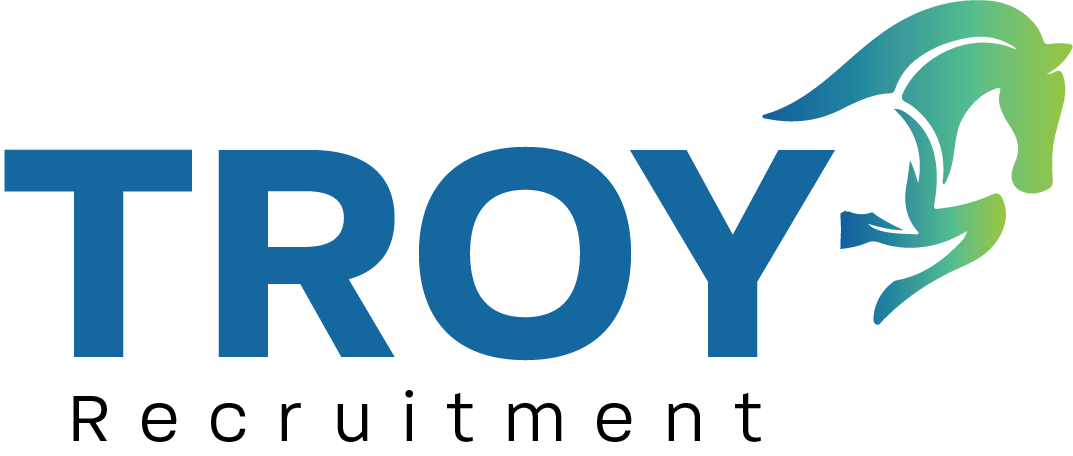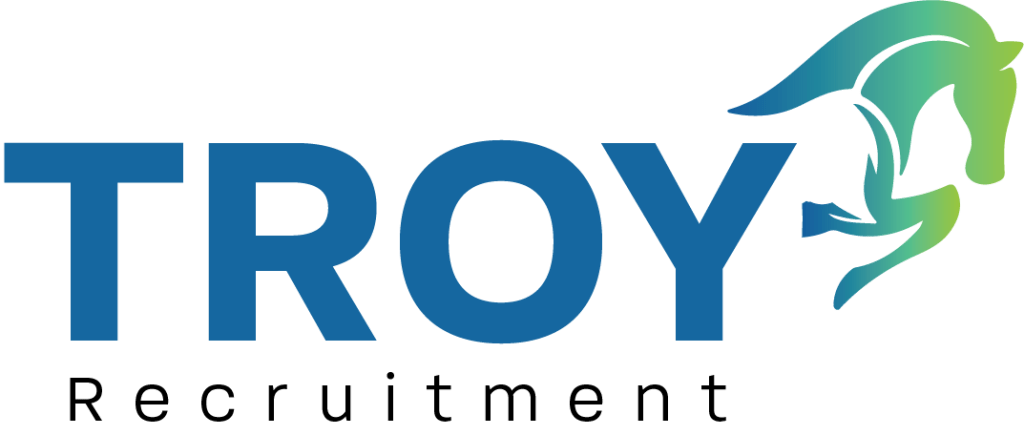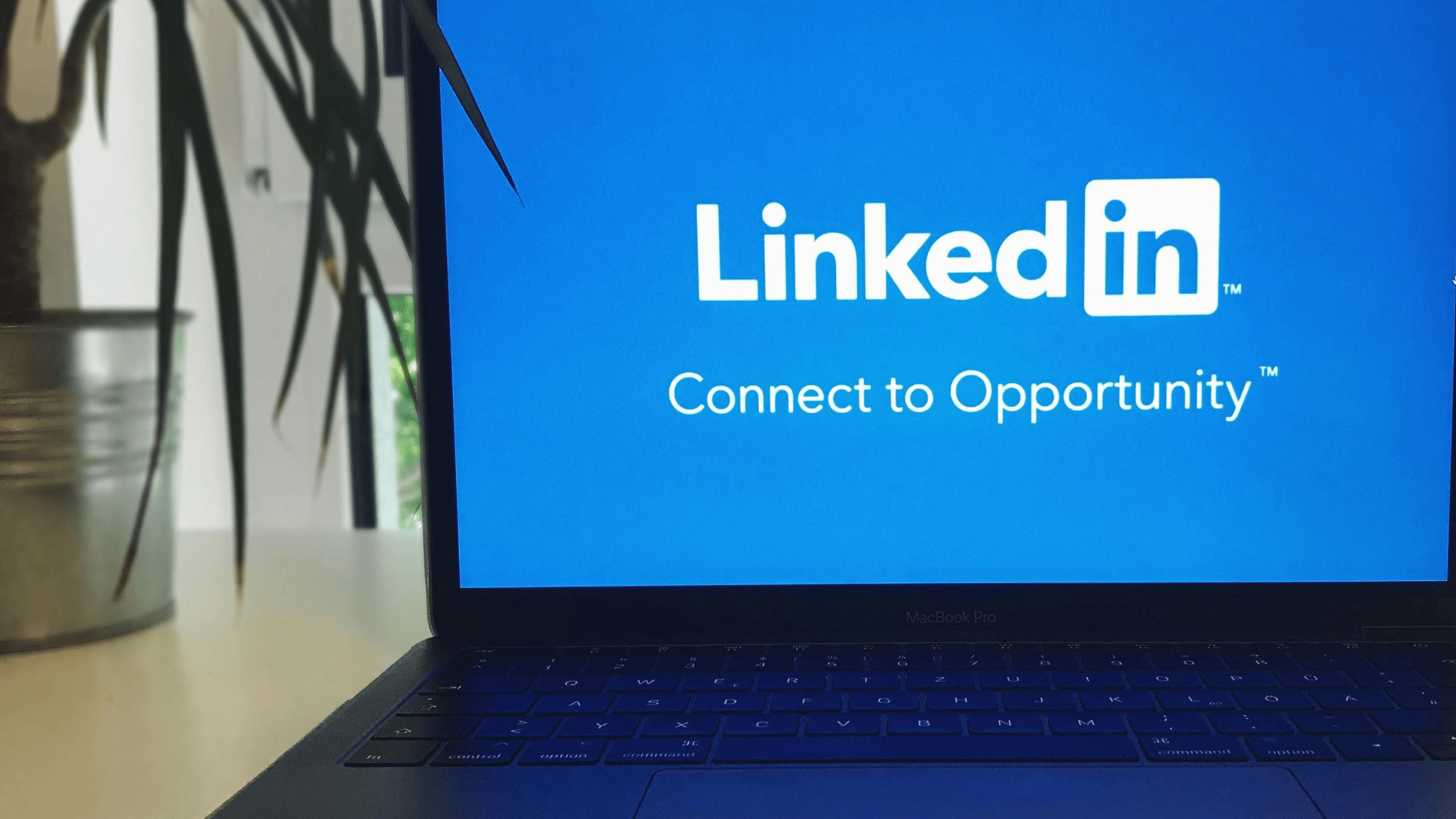Whether you’re looking for new opportunities, building industry connections, or positioning yourself as a thought leader, an optimised LinkedIn profile can set you apart. Here’s how to create a winning LinkedIn profile in 2025 specifically tailored for professionals in forensic accounting, investigative accounting, loss adjusting, restructuring, and business valuations.
1. Use a Professional Photo and Banner
First impressions matter. Choose a high-quality, professional headshot with a neutral background. Your expression should be confident and approachable.
For your LinkedIn banner, consider an image that reflects your expertise—such as financial reports, legal frameworks, or a subtle forensic-themed background.
2. Craft a Headline That Showcases Your Expertise
Your headline should go beyond your job title to highlight your key skills and value proposition.
Instead of “Forensic Accountant,” try: “Forensic Accounting Expert | Specialising in Fraud Disputes & Litigation Support.”
Instead of “Loss Adjuster,” specify your experience and specialisations, like: “Senior Loss Adjuster | Liability” or “Executive Loss Adjuster – Construction.”
3. Write a Strong About Section
The About section is your chance to tell your story. Keep it clear, concise, and compelling.
- Who you are and your area of expertise
- Key skills such as fraud investigations, financial analysis, or dispute resolution
- Industries you’ve worked in (e.g., insurance, legal, corporate finance)
- A call to action, like “Let’s connect to discuss fraud investigations and risk mitigation.”
Example: “As a Forensic Accountant with over 10 years of experience, I specialise in asset tracing, valuations and litigation support. Working closely with legal teams and corporations, I help analyse financial disputes and assist with expert reports.”
4. Detail Your Experience with Case Studies and Results
Your experience section should do more than list job titles. Highlight key achievements using data and case studies.
Instead of: “Conducted fraud investigations.” Try: “Led an internal fraud investigation that uncovered a $2M financial discrepancy, providing evidence that led to a successful legal resolution.”
If confidentiality prevents you from sharing details, focus on methodologies and results in a general way.
5. List Relevant Skills and Get Endorsements
LinkedIn allows you to list up to 50 skills. Prioritise industry-specific ones, such as:
- Forensic Accounting
- Fraud Detection & Prevention
- Litigation Support
- Financial Analysis
- Risk Assessment
- Business Valuations
Endorsements from colleagues and clients enhance credibility.
6. Request Meaningful Recommendations
Ask past colleagues, managers, or clients for personalised recommendations that showcase your expertise and reliability.
Example: “[Your Name] played a critical role in uncovering fraudulent financial activities in a high-profile case. Their attention to detail and analytical skills were invaluable.”
7. Share Thought Leadership Content
Posting and engaging with content helps establish you as an authority in forensic and investigative accounting. Share:
- Case studies (without confidential details)
- Industry trends and regulatory updates
- Insights on fraud prevention and financial investigations
- LinkedIn articles discussing complex forensic cases
Consistent posting increases visibility and builds your professional brand.
8. Engage with Industry Professionals
Engagement is key to expanding your network. Connect with:
- Fellow forensic accountants, loss adjusters, and restructuring experts
- Legal professionals and corporate investigators
- Industry groups and associations like ACFE (Association of Certified Fraud Examiners) or ARITA (Australian Restructuring Insolvency and Turnaround Association)
Comment on discussions, join relevant groups and participate in knowledge-sharing.
9. Customise Your LinkedIn URL
A personalised LinkedIn URL (e.g., linkedin.com/in/yourname) makes your profile easier to share and looks more professional. By default LinkedIn will create a url with a series of numbers rather than your name, you can edit this in your settings.
10. Keep Your Profile Updated
Your LinkedIn profile should reflect your latest roles, certifications, and accomplishments. Stay active by:
- Updating your experience section regularly
- Adding new certifications and training courses
- Engaging with posts and industry discussions
- Following thought leaders in forensic accounting and loss adjusting
A strong LinkedIn profile is a powerful tool for forensic and investigative professionals. By optimising your profile, sharing insights, and engaging with your network, you can open doors to new career opportunities, collaborations, and industry recognition.
Need expert advice on career opportunities in forensic accounting, fraud investigations, loss adjusting, restructuring, and valuations? Get in touch with Troy Recruitment.







